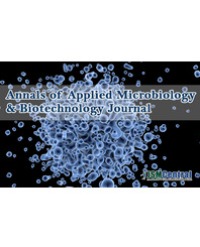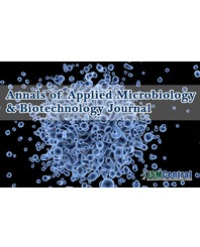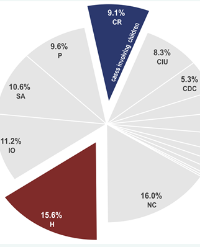
Metabiotics as Potential Therapeutic Agent in Mucosal Immunity
Synbiotics area mixture of pre and probiotics and considered an economical and safe substitute for treating infectious and non infectious diseases and improving human health. Synbiotics stimulate native gut microbiota to promote health. Prebiotics and undigested dietary polysaccharides support the progression of probiotics and concurrently destroy the actions of opportunistic germs in the colon. Synbiotics maintain gastrocolic microbial equilibrium and avoid dysbiosis. Metabiotics are the cellular or assistant substance of probiotics and have advantageous importance in tackling many disorder rsrelated to the enteric and systemic milieu. One of the essential metabiotics is short-chain fatty acids, which is considered its epigenetic medicine for cancer therapy. Synbiotics optimize the attentiveness of gut associated metabiotics to modulate enteric physiopathology. Synbiotic therapy might be the future therapeutic modality for managing and curing various ailments..
Md Zeyaullah¹, Irfan Ahmad², Faruque Ahmad³, S Rehan Ahmad⁴, Razi Ahmad⁵, Abdullah M AlShahrani¹, Mohammad Suhail Khan⁶, Mohammad Shane Alam⁷, Adam Dawria⁶, Atiq Hassan¹, Khursheed Muzammil⁶, Haroon Ali⁶, and Zaki H Hakami⁷*



